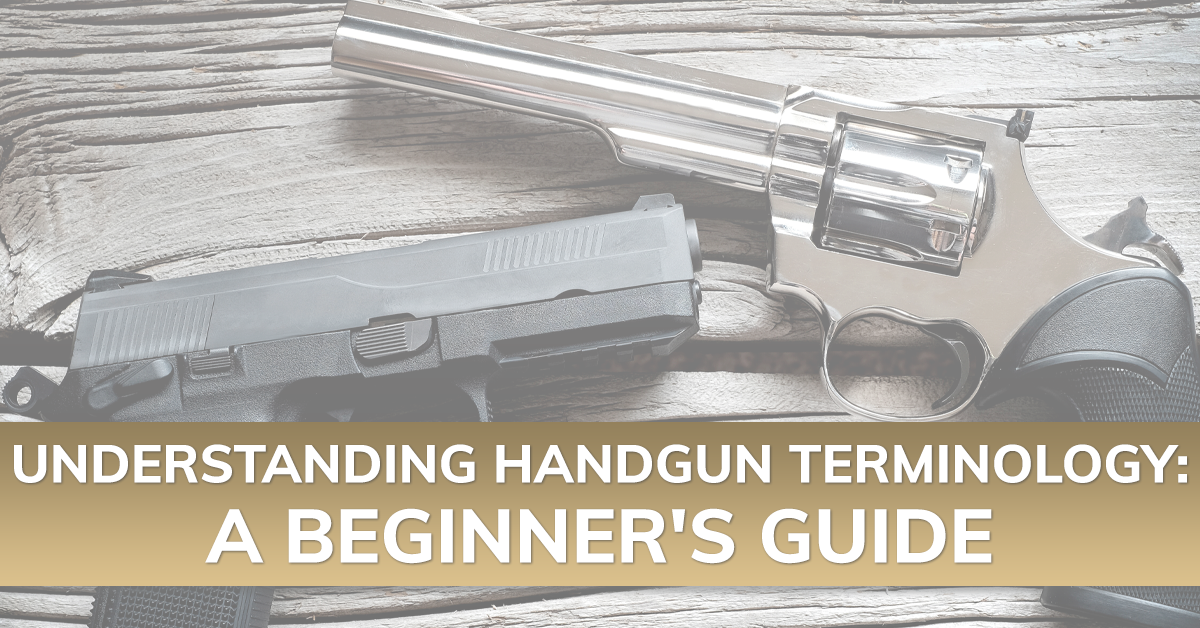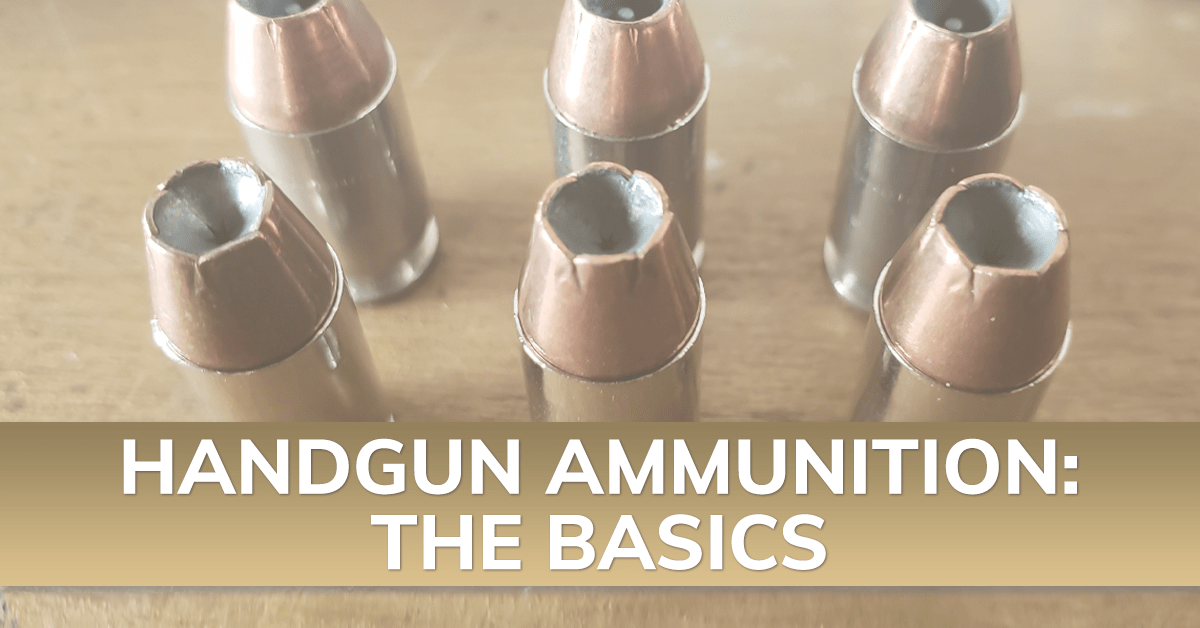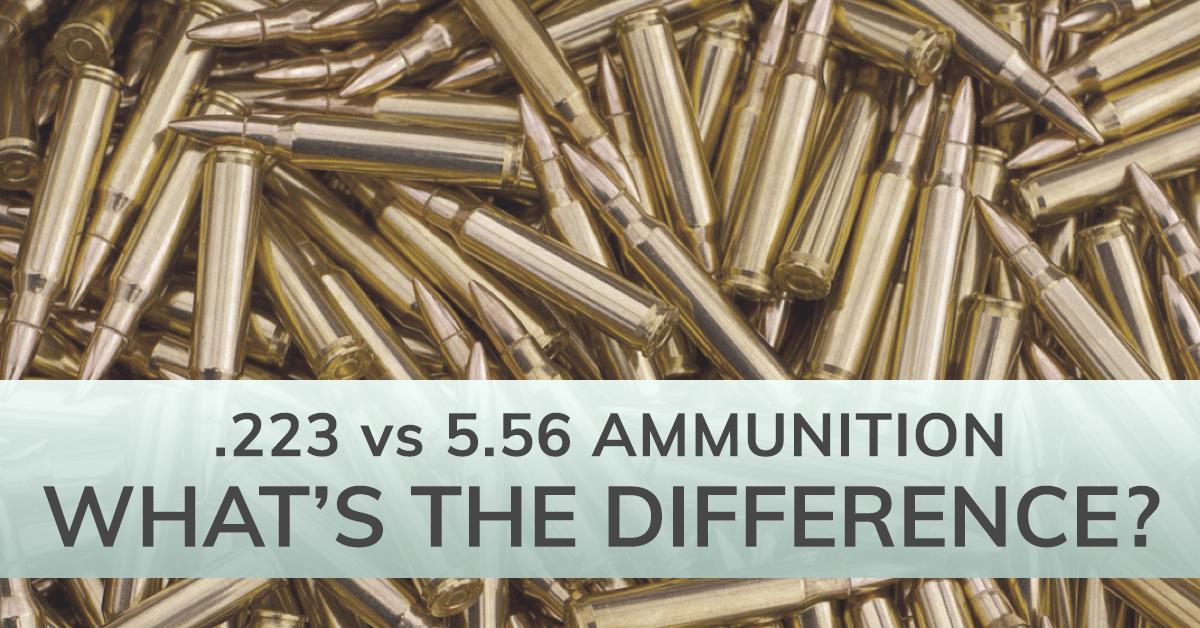Orders Over $100 Ship FREE (USA)!
Orders Over $100 Ship FREE (USA)!
CONCEALED CARRY
(Apparel with holster pockets or concealed-carry features)
PARTS & GEAR
RANGE STYLE
Gift shopping & not sure about size or style? Give a gift card instead!
GIFT IDEAS
EXPLORE
BFCM Sale 20% Off every item! EXTENDED
Black Friday & Cyber Monday EXTENDED: Indulge in Luxury, Pay Less.
How Ammunition Works
2 min read

How It Works
A round, or single piece, of fixed ammunition is called a cartridge. It usually consists of a case, a projectile (bullet), a propellant (explosive that propels the bullet), and a primer (explosive that sets off the propellant). It is called fixed ammunition because the case and projectile are attached to each other (fixed) during manufacture and remain so until the round is fired.
The cartridge case, usually of brass or other metal, is a hollow tube that contains smokeless powder or some other propellant. The front end of the case holds the bullet. At the rear is the primer, which in center-fire cartridges is a cap sunk into the center at the rear, and in rimfire cartridges encircles the outer edge of the case. (Some cartridges are made without a case. A caseless cartridge consists of a molded propellant charge with a bullet affixed to one end and a primer to the other.)
The propellant is a relatively slow-burning powder. (An explosive that burns too fast could burst the gun barrel.) Its burning is started by a spark from the primer, which ignites when struck by the firing pin.
The bullet, or projectile, is the part of the cartridge that is fired at the target. Rapidly expanding gases from the burning powder break the bullet loose from the case and propel it through the barrel at high speed. The inner surface of the barrel has spiral grooves (called rifling) that cause the bullet to spin, increasing its stability in flight.
Bullets are made of lead, of lead alloyed with tin or antimony, or of a lead core jacketed with a harder metal. The jacket prevents the lead from contaminating the gun barrel and from breaking apart when it strikes a target. A bullet with an exposed lead point tends to flatten and expand when it strikes, inflicting a severe wound. It is used in rifle ammunition for hunting and in most handgun ammunition intended for self-defense. (This kind of bullet is sometimes called a “dumdum” bullet after the British arsenal at Dum Dum, India, where expanding bullets were made in the 19th century.) By international agreement, expanding bullets are banned from warfare, as are wooden bullets (which splinter) and white-phosphorus bullets (which cause burns).
An armor-piercing bullet has a core of extremely hard material, such as tungsten carbide. Tracer bullets contain a substance that burns and gives off light, aiding the gunner in aiming. Blank ammunition, used in training and for salutes, has a paper, wax, or plastic wad or pellet in place of the bullet.
A cartridge for a shotgun is called a shell. The most common type of shell contains shot—round pellets of lead or steel—instead of a single projectile. The shot is held in a paper or plastic case and separated from the propellant by a wad of paper, plastic, or felt. Some shotgun cartridges use a lead slug instead of shot.
Also in Getting Started: How Guns and Ammunition Work

Understanding Handgun Terminology: A Beginner's Guide
4 min read

Handgun Ammunition: The Basics
4 min read

.223 vs. 5.56 Ammunition - What's the Difference?
3 min read

